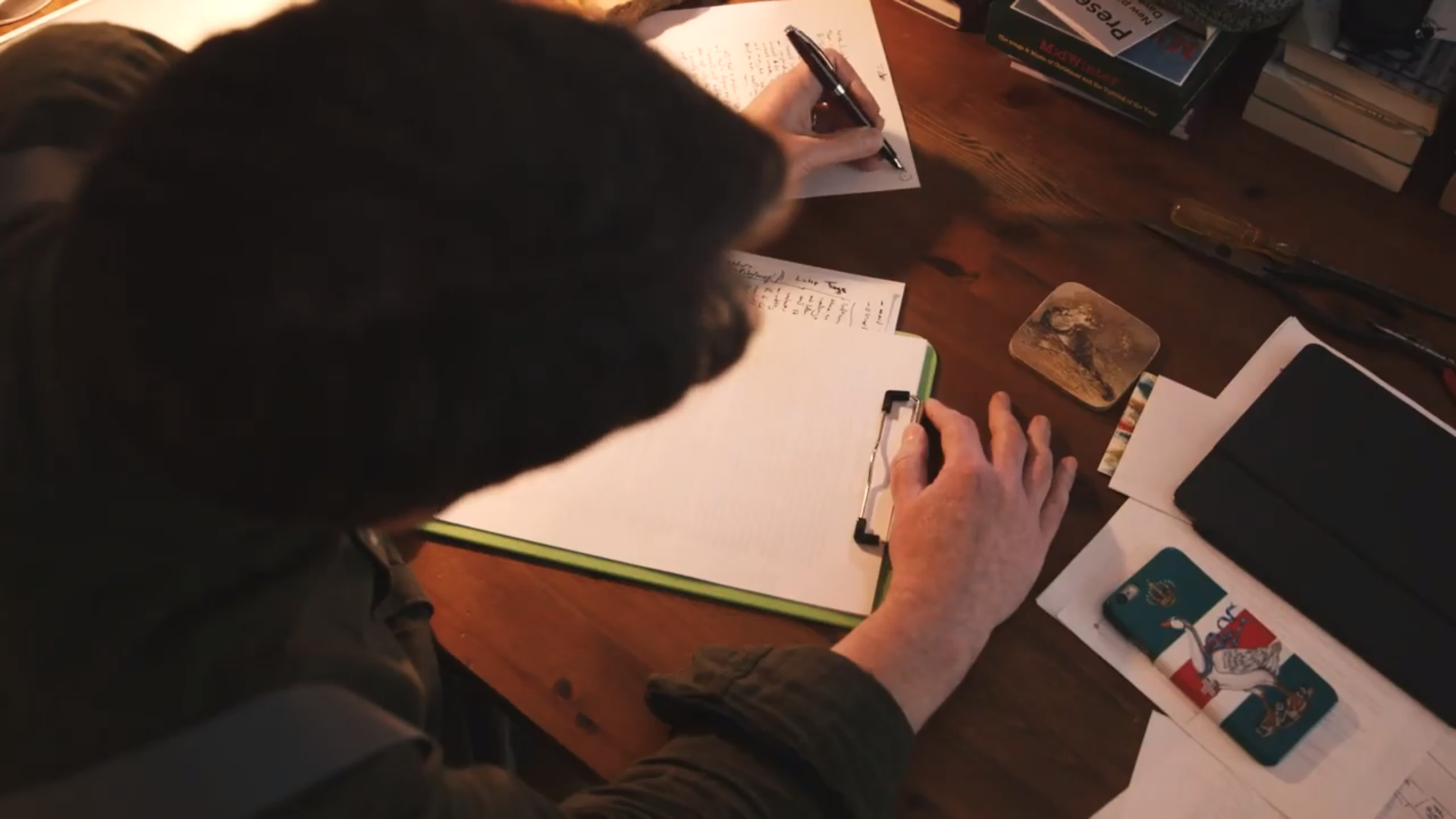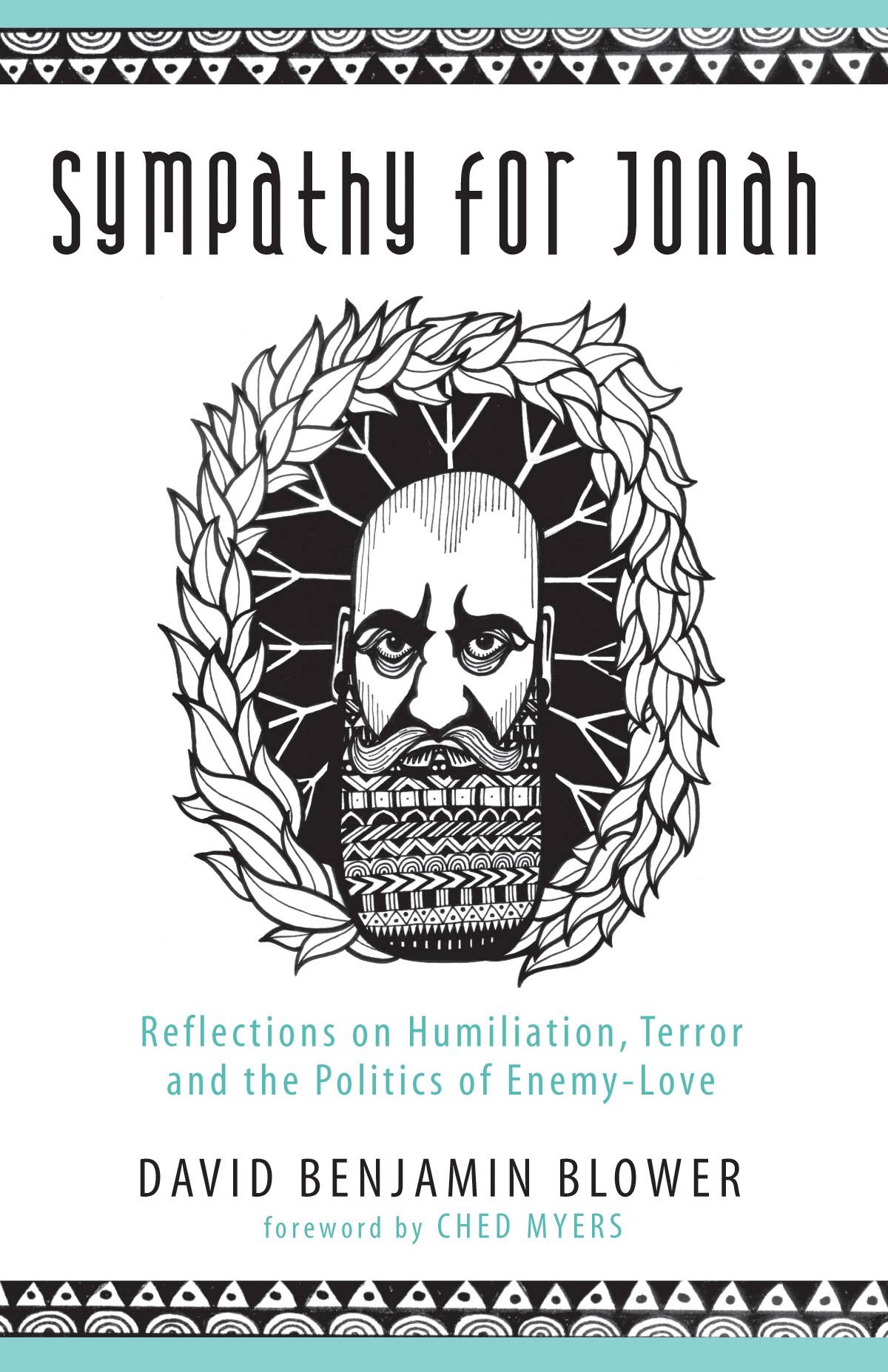
Please note: Our Saturday Hub meet-up has moved from YouTube to Zoom. We’re sorry for any confusion. Go here to join.

Not much makes sense at the moment.
Most of us are allowed one excursion outside a day for exercise. Supermarkets are pretty much the only shops still open. Loo roll and pasta have become our most prized commodities.
And it’s happening across the entire planet.
And it’s all been caused by a variant of the common cold.
It’s part dystopian fiction and part Jonathan Swift-esque social satire.
In the flux and confusion though, one of the things that I’m sure of is this: art is more important now than ever. And that means artists are more important now than ever.
You may not be on the government’s list of key workers, but if you’re an artist, you have a unique opportunity to serve our society at this time. You also, I imagine, have some pretty significant challenges too.
Therefore, amidst all this craziness, we at Sputnik want to do our best to encourage you to take this opportunity to use your gifts meaningfully, while also helping you in the specific challenges that you may well be facing.
In a sense, despite all the changes, it’s business as usual. You see, Sputnik supports Christian artists by profiling, funding and connecting them. That’s what we’ve always done and that’s what we’re going to keep on doing. We’re just going to do it a bit different. Here’s the plan…
1. ‘In the Rough’ Art Project
Such unusual and testing times as these provide profound artistic stimuli. Combine that with the fact that, for some of us, we may have more time on our hands than we normally would. Combine that with the fact that many of us are feeling the pressure to curl up into a ball and give in to a crushing sense of purposelessness. Combine that with the fact that we, as artists, are uniquely skilled to give everyone else perspective on the present pandemic.
In short, it’s the perfect time to get you involved in an art project. Once the Coronavirus has done its worst, we’re going to put together an exhibition/installation (in some form) of work created by artists in and around our network that was created in/around the time of the virus.
In the meantime, we are going to provide a platform to showcase this work in its various degrees of completion. We have put together a simple Tumblr gallery and we want you to submit work to it that you are making at the moment.

We’re not expecting high production values. We don’t all have a multitrack studio in our loft and we may be struggling to keep our palettes stocked up with our favourite shades of paint. It might be rough, and not all of the work may even be finished, but we’re looking for work that authentically captures how you’re doing and what you’re feeling and how you’re responding to this unprecedented moment in our human experience.
Then, as work accumulates on this page, we’re going to be highlighting pieces that particularly resonate with us through our social media.
You may have lost your normal platforms to showcase your work. The exhibitions, theatres and performances may be called off, but we want to present you with a new way to profile your skills. Just make stuff, go to intherough.sptnk.co.uk and submit work.
We’re looking forward to seeing what you all come up with.
2. Sputnik Emergency Artist Fund
gofundme.com/f/sputnik-artists-coronavirus-impact-fund
Professional artists are surely one of the groups that have been hit hardest by the recent turn of events. For some, your sources of income may well have disappeared almost overnight.
This is huge, and we’re really praying for you and would love to connect with you if you need someone to reach out to. However, we also want to help financially.
Sadly, we don’t have the resources to help all of you, but we definitely want to do what we can, and also gather anyone else with a similar sense of concern for the well being of artists. Therefore, we’re re-routing the money that we’d allocated to artist grants for this term and sending out the SOS wider through a crowdfunding campaign.
For some of you, your sources of income may well have disappeared overnight.
Our goal is to raise £4,000 that we can then distribute to artists in need across the Sputnik network. We would be looking to typically distribute these funds in small gifts of around £200 each, although each case will be considered individually.
So, if you’ve got a bit extra at the moment, why not contribute to the Fund? And if you’re in need, get hold of us and we’ll see what we can do. All the info is here on GoFundMe.
3. Online Meet-Ups
PLEASE NOTE: Due to tech issues with old laptops and folks self-isolating (it’s complicated) we’ve decided to move the Saturday afternoon meet-up to a Zoom conference.
You’ll be able to find the meeting here.
Finally, whether we’re struggling to pay the bills, battling to keep our heads above water or buzzing with creative energy at the moment, we all still need artistic connections.
Usually, we do these in our hubs in Birimingham, Edinburgh, Falmouth and SE London. This term, we were also looking to gather artists in Bournemouth and Bristol and even more widely through our national Gathering.
It looks like we won’t be able to do those things anymore, but we’re not giving up. We’re going online.
On Saturday 28th March, we’re hosting our first online event and we’re already actively exploring how to multiply these in the future as well as hosting more interactive artist meet ups and workshops.
Even if you’re in total lockdown, you don’t need to be alone. We want you to keep connecting with comrades, collaborators and co-conspirators.
So, that’s the plan. We hope there’s something there that serves you. If you’re up for it, let’s overcome the present obstacles and seize hold of the present opportunities together in the coming weeks and months.
May God protect you and do you good.









































































































